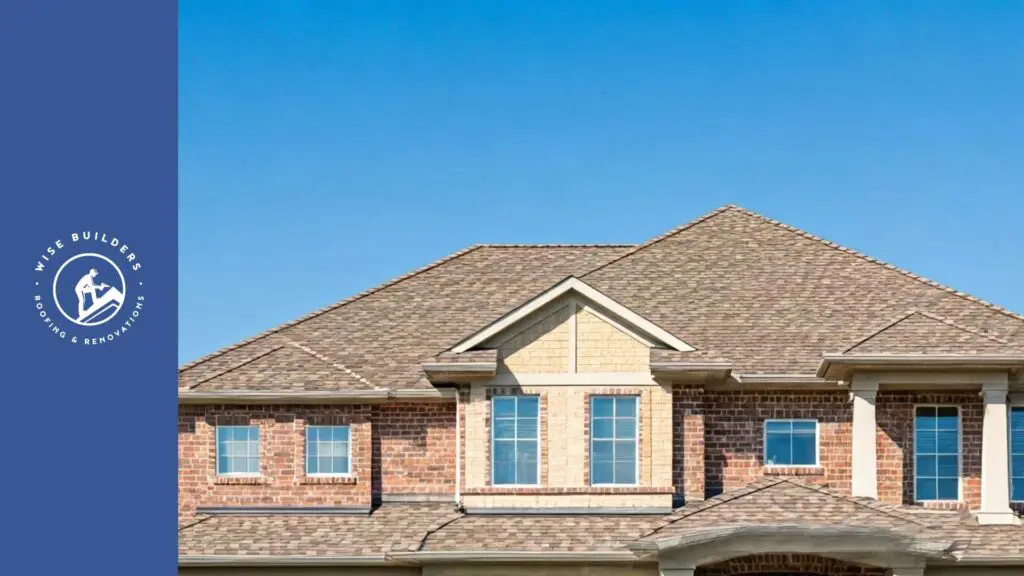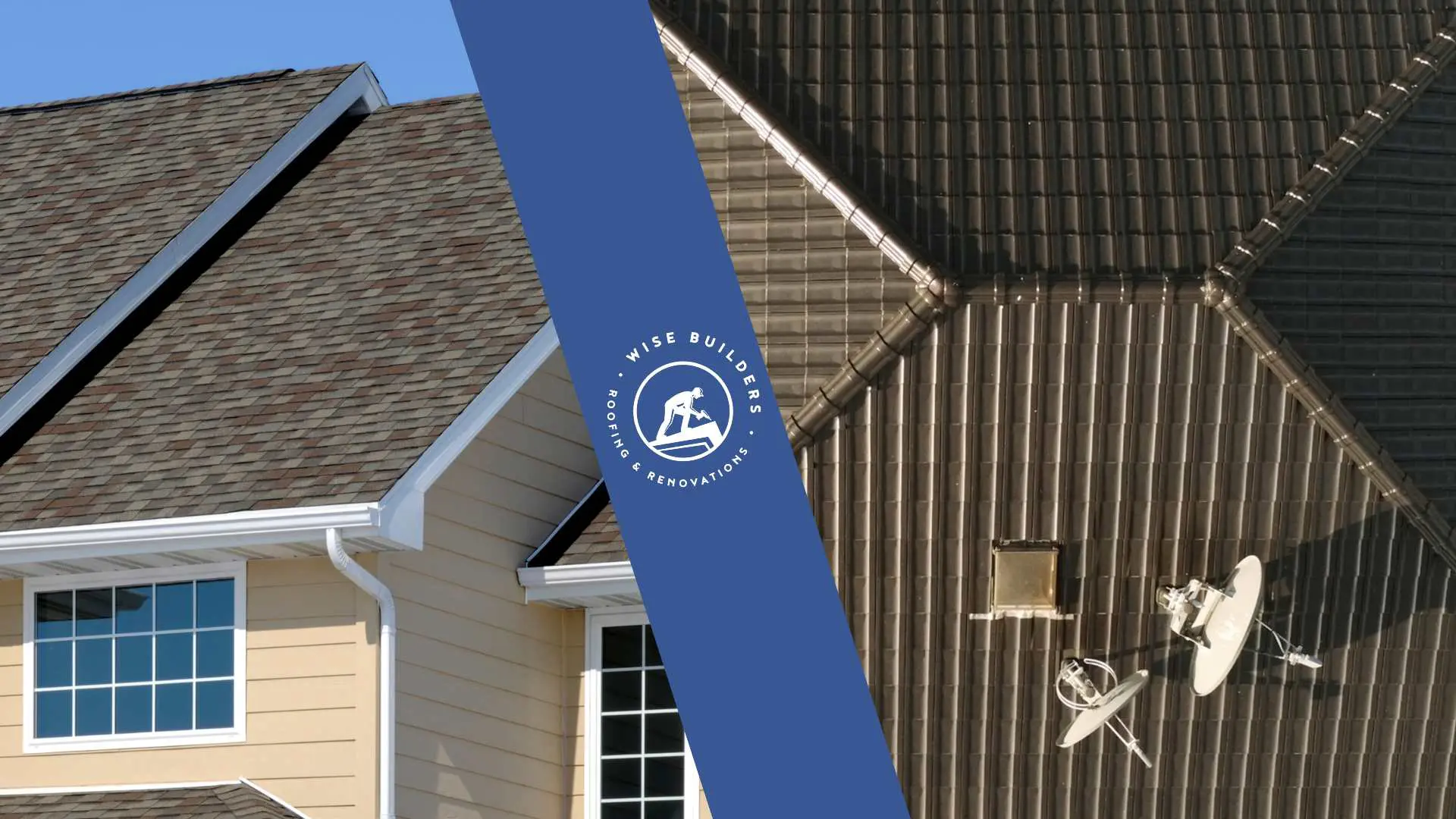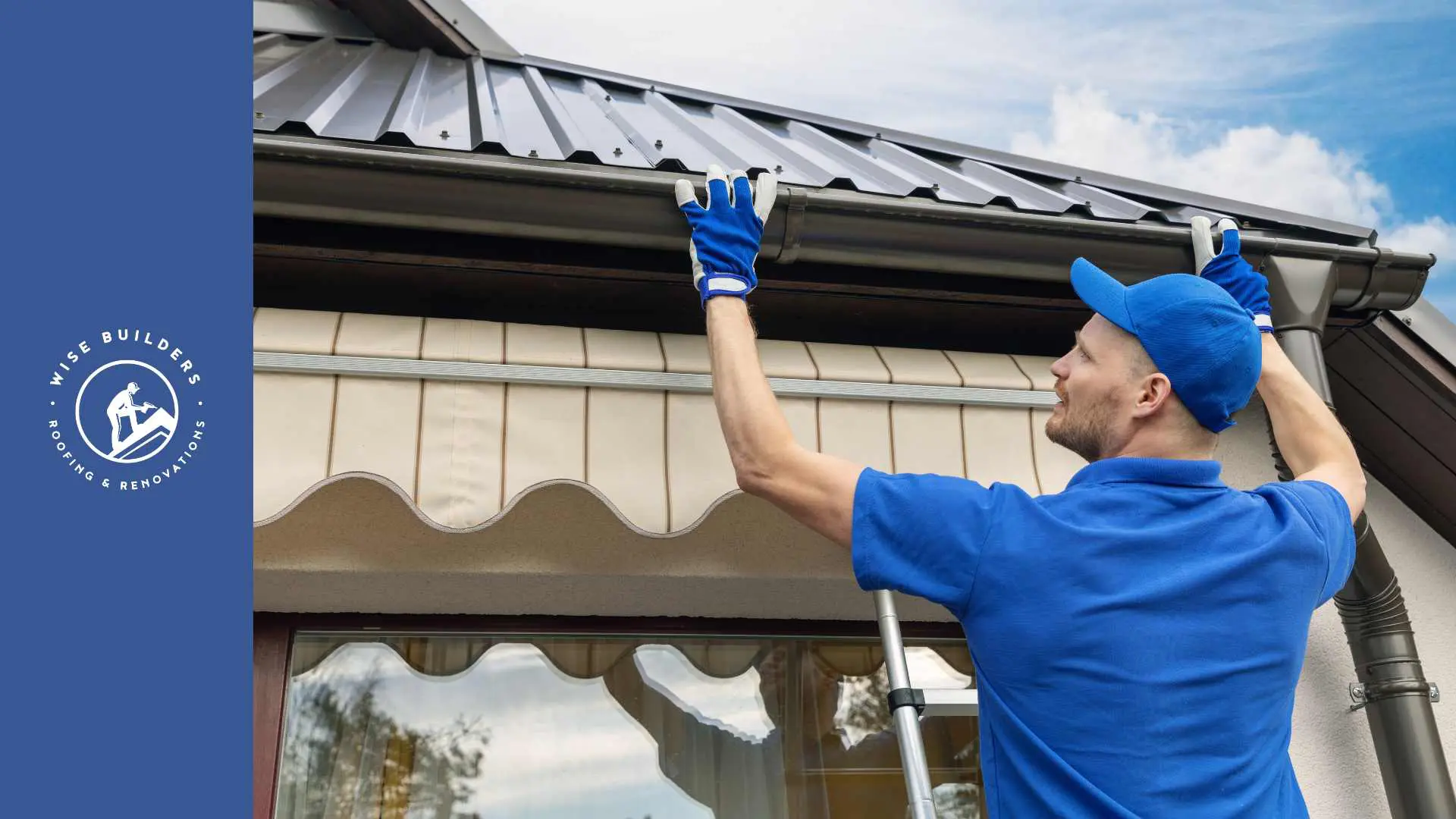
Key Highlights
- From leaks and missing shingles to the impact of weather, this blog addresses common concerns homeowners have about their roofs.
- Gain clarity on when it’s time for a roof replacement, how weather affects your roof’s lifespan, and the significance of routine inspections.
- This comprehensive guide will help you navigate the process of choosing the right roofing materials, understanding warranties, and what to expect during installation.
- Learn about various roofing materials like asphalt shingles and metal roofs, weighing their pros and cons to make informed decisions for your home.
- Discover practical DIY maintenance tips and when it’s best to call in professional roofing contractors for expert assistance with your roofing needs.
Introduction
Embarking on a roof replacement or even just understanding the needs of your existing roof can feel like navigating a labyrinth of information. From selecting a trustworthy roofing contractor to decoding the complexities of different roofing materials and installation processes, homeowners often find themselves with a barrage of questions. This blog serves as your comprehensive guide, simplifying the intricacies of roofing and empowering you to make informed decisions for your home.
Understanding Your Roof’s Lifespan

Factors such as intense sunlight, heavy rain, and high winds all contribute to the gradual wear and tear of roofing materials. While regular maintenance can extend a roof’s lifespan, recognizing when it’s nearing the end of its useful life is essential for preventing leaks and costly damage. Keep an eye out for warning signs like missing or curled shingles and water stains on your ceiling – telltale indicators that your roof may require attention.
Signs It’s Time for Roof Replacement
While age is a factor, several key indicators signal it’s time to consider a roof replacement. Visible signs, such as missing shingles, are often the first clue. Shingles that are cracked, curled, or balding (losing granules) indicate weathering and reduced protection.
Delving a little deeper, water stains on your ceiling or attic walls are red flags that shouldn’t be ignored. These stains often point to roof leaks, potentially leading to structural damage if left unaddressed. Remember, what starts as a minor leak can quickly escalate into a major problem.
Finally, keep an eye out for signs of sagging. A drooping roofline might indicate weakened decking or structural issues, underscoring the importance of a professional assessment for a possible roof replacement.
The Impact of Weather Conditions on Roof Durability
The relentless exposure to the elements plays a significant role in the durability and lifespan of your roof. Heavy rain, for instance, can lead to water pooling on the roof, increasing the likelihood of leaks if drainage is inadequate. Over time, persistent moisture can seep into the underlying structure, causing rot and compromising the integrity of your roof.
Furthermore, high winds pose a significant threat, especially to shingles. Strong gusts can loosen or rip off shingles, leaving your home vulnerable to leaks. The force of wind can also lift and curl shingles, compromising their ability to shed water effectively.
In regions prone to hailstorms, roofs are particularly susceptible to impact damage. Hailstones can dent, crack, or even puncture roofing materials, leading to immediate leaks and long-term structural problems. Regular inspections after severe weather events are crucial for identifying and addressing any damage promptly.
Selecting the Right Material for Your Roof

Asphalt shingles are a popular option due to their affordability and ease of installation, while metal roofs offer greater durability and energy efficiency. Understanding the characteristics of each material will help you determine the best fit for your home and budget.
Comparing Popular Roofing Materials
Selecting roofing materials can feel overwhelming given the variety available. To simplify the process, let’s compare common options: asphalt shingles and metal roofing. Asphalt shingles are favored for their affordability, ease of installation, and wide range of colors.
Metal roofing, often made from aluminum or steel, is renowned for its durability, energy efficiency, and longevity. However, metal roofs generally come at a higher price point than asphalt shingles. Ultimately, the choice between these materials depends on your budget, desired aesthetic, and the climate you live in.
To further illustrate the differences between these materials, consider the following table:
| Feature | Asphalt Shingles | Metal Roof |
|---|---|---|
| Cost | Lower | Higher |
| Lifespan | 15-30 years | 40-70 years |
| Durability | Moderate | High |
| Energy Efficiency | Lower | Higher |
Advantages of Sustainable and Energy-Efficient Roofing
Homeowners are increasingly prioritizing both sustainability and energy efficiency. Sustainable roofing options, often made from recycled materials or those with low environmental impact during manufacturing, are gaining traction. These materials, such as certain types of metal roofing or thermoplastic olefin (TPO) membranes, align with eco-conscious values while providing reliable protection.
Energy-efficient roofing, designed to reflect sunlight and reduce heat absorption, can also lead to long-term cost savings. Reflective materials, like light-colored metal roofs or cool roof coatings, minimize the amount of heat transferred into your home. This reduces the workload on your cooling system, potentially lowering energy bills.
By opting for sustainable and energy-efficient roofing materials, homeowners contribute to a smaller environmental footprint while enjoying potential savings on their energy bills.
The Installation Process Explained
A successful roofing project relies heavily on a clear understanding of the installation process. The first step involves a thorough inspection of your roof deck to ensure its structural integrity. Next, protecting your home’s interior from debris and moisture is paramount; this is achieved by carefully covering interior spaces with protective sheeting.
Experienced roofers meticulously remove the old roofing material, ensuring proper disposal. The installation process then moves on to laying down a waterproof underlayment to act as a secondary barrier against leaks. Finally, new shingles, tiles, or metal panels are installed, adhering to local building code requirements for optimal performance.
Preparing Your Home for Roof Installation
Preparing your home for a roof installation can ensure a smoother, more efficient process. Start by clearing the area around your house, including removing patio furniture, grills, and vehicles from the driveway to provide ample workspace for the roofing crew. Trimming overgrown branches that might interfere with the roof is another practical step in the preparation phase.
Inside your home, take steps to protect belongings. Covering furniture, removing valuables from walls, and covering attic access points with plastic sheeting can prevent dust and debris from settling. Communicate any concerns or specific instructions to your roofing contractor beforehand, fostering a collaborative environment.
Remember, clear communication with your roofing contractor regarding the project timeline is key. Inquire about material delivery schedules, expected noise levels, and the estimated duration of the installation. Understanding these elements will minimize disruptions and allow you to plan accordingly.
What to Expect on Installation Day
On installation day, a well-coordinated team of professional roofers will arrive at your home, fully equipped to tackle the job efficiently. A roofing contractor checklist often includes essential safety measures, ensuring the well-being of both the crew and your property. The team will likely begin by setting up scaffolding or ladders, providing safe access to the roof.
Next, the removal of the old roofing materials will commence, often accompanied by some noise and dust. The roofing contractor should have a plan for containing and disposing of these materials properly. Once the old roof is removed, the team will meticulously inspect the roof deck for any damage, replacing or repairing any compromised sections.
A reliable roofing contractor prioritizes clear communication throughout the process, updating you on the progress and addressing any questions or concerns. By understanding the steps involved and having a transparent line of communication, you can face the installation day with peace of mind, knowing that your home is in capable hands.
Maintenance Tips to Extend Your Roof’s Life
Just like any other part of your house, your roof requires regular maintenance to ensure its longevity and optimal performance. Simple practices, such as keeping your gutters clean and removing debris buildup, can go a long way in preventing costly damage.
Regularly inspecting your roof for signs of damage, such as missing or damaged shingles, and addressing them promptly is essential. By proactively maintaining your roof, you not only prolong its lifespan but also safeguard your home from potential leaks and costly repairs.
Routine Inspection and Maintenance Schedule
Implementing a routine inspection and maintenance schedule is crucial for keeping your roof in good condition and extending its lifespan. Ideally, aim to inspect your roof twice a year – once in the spring and again in the fall. During these inspections, carefully examine the shingles for any signs of curling, cracking, or missing pieces. Pay attention to the flashing around vents, chimneys, and dormers, looking for any gaps or damage.
Additionally, check your gutters for clogs and debris buildup. Clogged gutters can prevent proper water drainage, potentially leading to water damage to your roof and siding. Consider hiring a professional roofing contractor for a comprehensive inspection every few years.
A professional can spot potential issues that might go unnoticed by the untrained eye and provide recommendations for necessary repairs. By adhering to a consistent inspection and maintenance schedule, you proactively address minor problems before they escalate into major headaches, ultimately extending the life of your roof.
DIY Maintenance Tips vs. Professional Services
While some maintenance tasks can be tackled with basic DIY skills, others are best left to the expertise of professional roofing contractors. Cleaning gutters, trimming overhanging branches, and visually inspecting your roof for obvious damage are tasks many homeowners can handle. These simple DIY maintenance tips can significantly contribute to prolonging your roof’s lifespan.
However, for more complex repairs or when in doubt, seeking professional assistance is always recommended. Professional roofing contractors possess the experience, knowledge, and specialized tools to accurately diagnose and safely address roofing issues.
When hiring a roofing contractor, conduct due diligence by verifying their licensing, insurance, and seeking references. A reputable contractor will provide a detailed estimate, clearly outlining the scope of work and associated costs. By knowing when to roll up your sleeves and when to call in the pros, you can maintain your roof effectively and ensure lasting protection for your home.
Conclusion
In conclusion, understanding the lifespan of your roof and the impact of weather conditions is crucial for its durability. Selecting the right roofing material, considering sustainability and energy efficiency, can enhance longevity. Proper installation and regular maintenance play key roles in extending your roof’s life. By following these steps, you can ensure the longevity and performance of your roof. If you have further questions about roofing or need assistance, feel free to explore our FAQ section or reach out for expert advice. Your roof is a vital investment, and taking care of it ensures long-term protection for your home.
At Wise Builders, We ensure our clients receive the best possible outcomes. Our commitment to quality workmanship and customer satisfaction is unwavering, making us the top choice for residential Roofing services in our community.
Frequently Asked Questions
How Do I Know When My Roof Needs Immediate Attention?
Seeing missing shingles or experiencing leaks after a storm are clear signs you need roof repair. Noticeable sagging of the roof decking or water stains on your ceilings also signify a need for immediate attention from a professional.
Can I Install a New Roof Over an Old One?
While it might seem tempting to save on costs, installing a new roof over an old one is generally not the best way to go. The condition of the existing roof deck, potential for hiding existing problems, and the possibility of building code violations make a complete roof replacement the more sensible approach in most cases.







